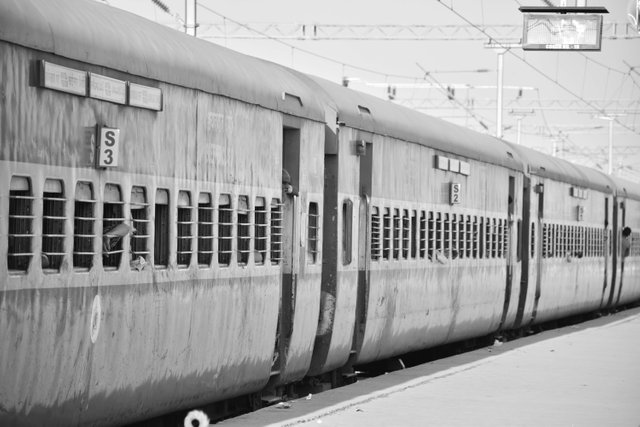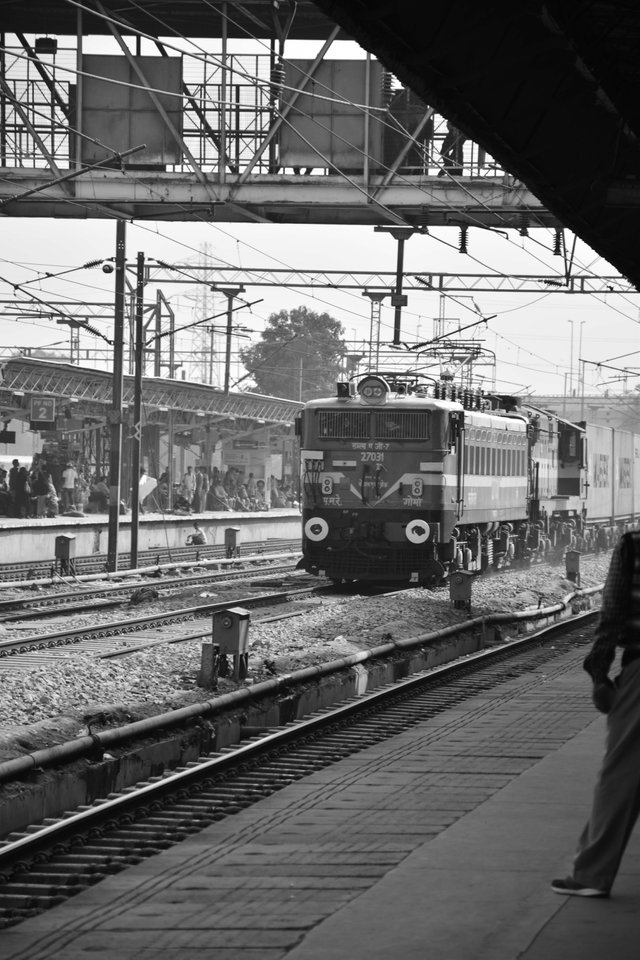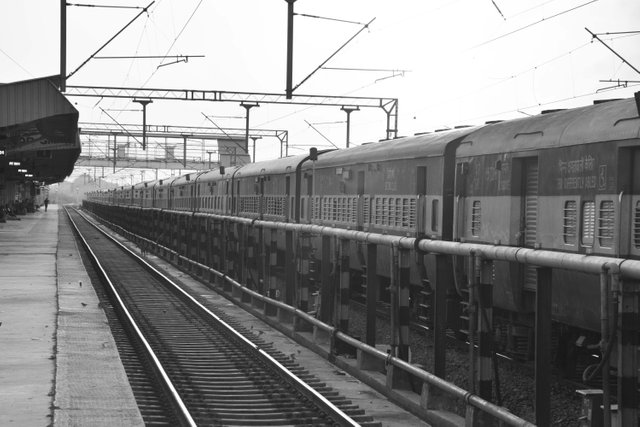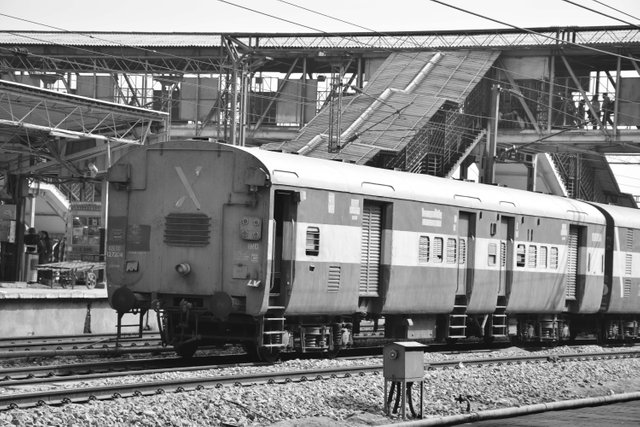Eon of India
Indian Railways (IR) is India's national railway system operated by the Ministry of Railways. It manages the fourth-largest railway network in the world by size, with 121,407 kilometres (75,439 mi) of total track over a 67,368-kilometre (41,861 mi) route. Forty nine percent of the routes are electrified with 25 KV AC electric traction while thirty three percent of them are double or multi-tracked.
IR runs more than 13,000 passenger trains daily, on both long-distance and suburban routes, from 7,349 stations across India. The trains have a five-digit numbering system. Mail or express trains, the most common types, run at an average speed of 50.6 kilometres per hour (31.4 mph). In the freight segment, IR runs more than 9,200 trains daily. The average speed of freight trains is around 24 kilometres per hour (15 mph).
The first railway proposals for India were made in Madras in 1832. The country's first train, Red Hill Railway (built by Arthur Cotton to transport granite for road-building), ran from Red Hills to the Chintadripet bridge in Madras in 1837. In 1845, the Godavari Dam Construction Railway was built by Cotton at Dowleswaram in Rajahmundry, to supply stone for the construction of a dam over the Godavari River. In 1851, the Solani Aqueduct Railway was built by Proby Cautley in Roorkee to transport construction materials for an aqueduct over the Solani River




✅ @abhishekyadav, I gave you an upvote on your post! Please give me a follow and I will give you a follow in return and possible future votes!
Thank you in advance!
Thanks ^_^
Hi! I am a robot. I just upvoted you! I found similar content that readers might be interested in:
https://en.wikipedia.org/wiki/Indian_rail